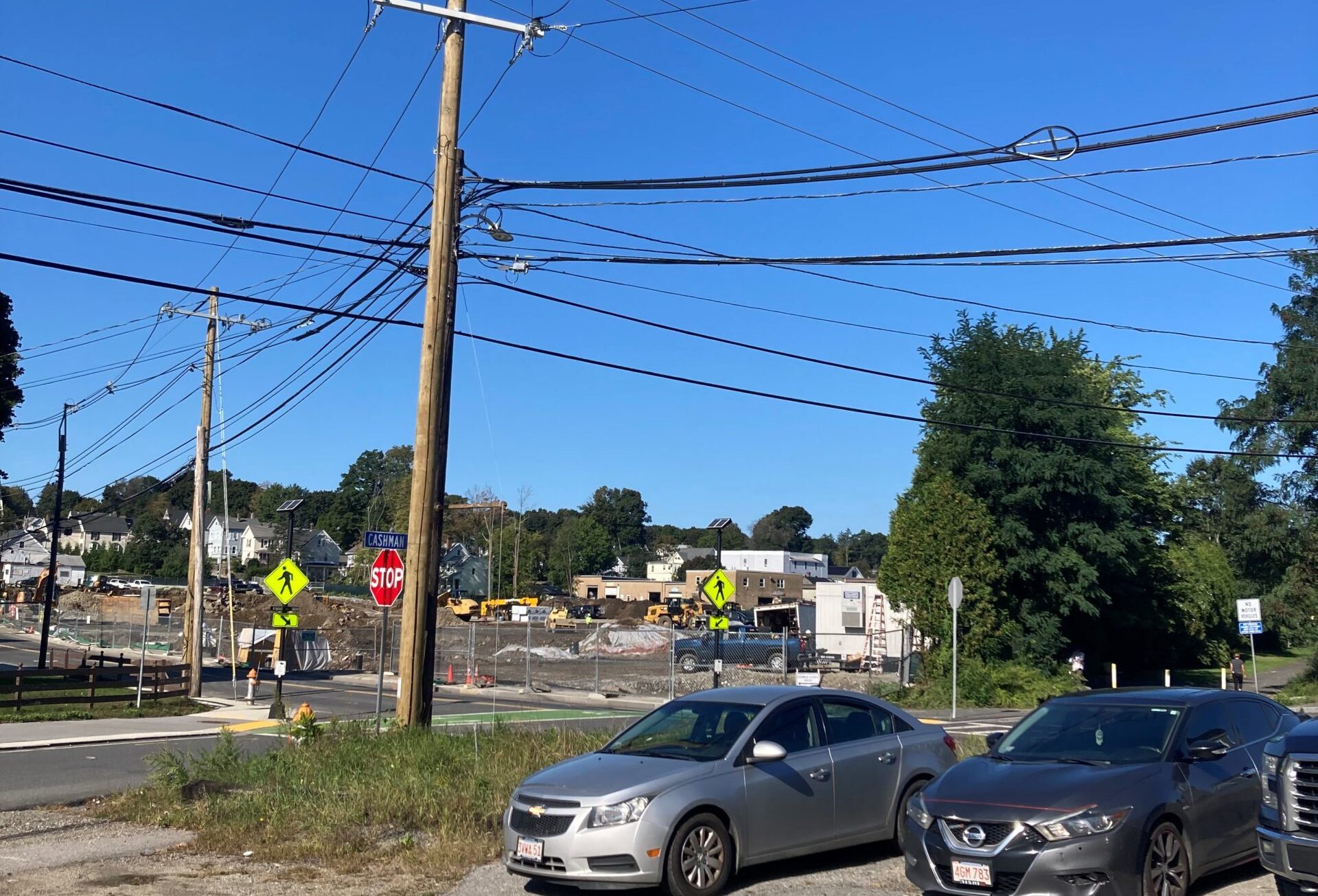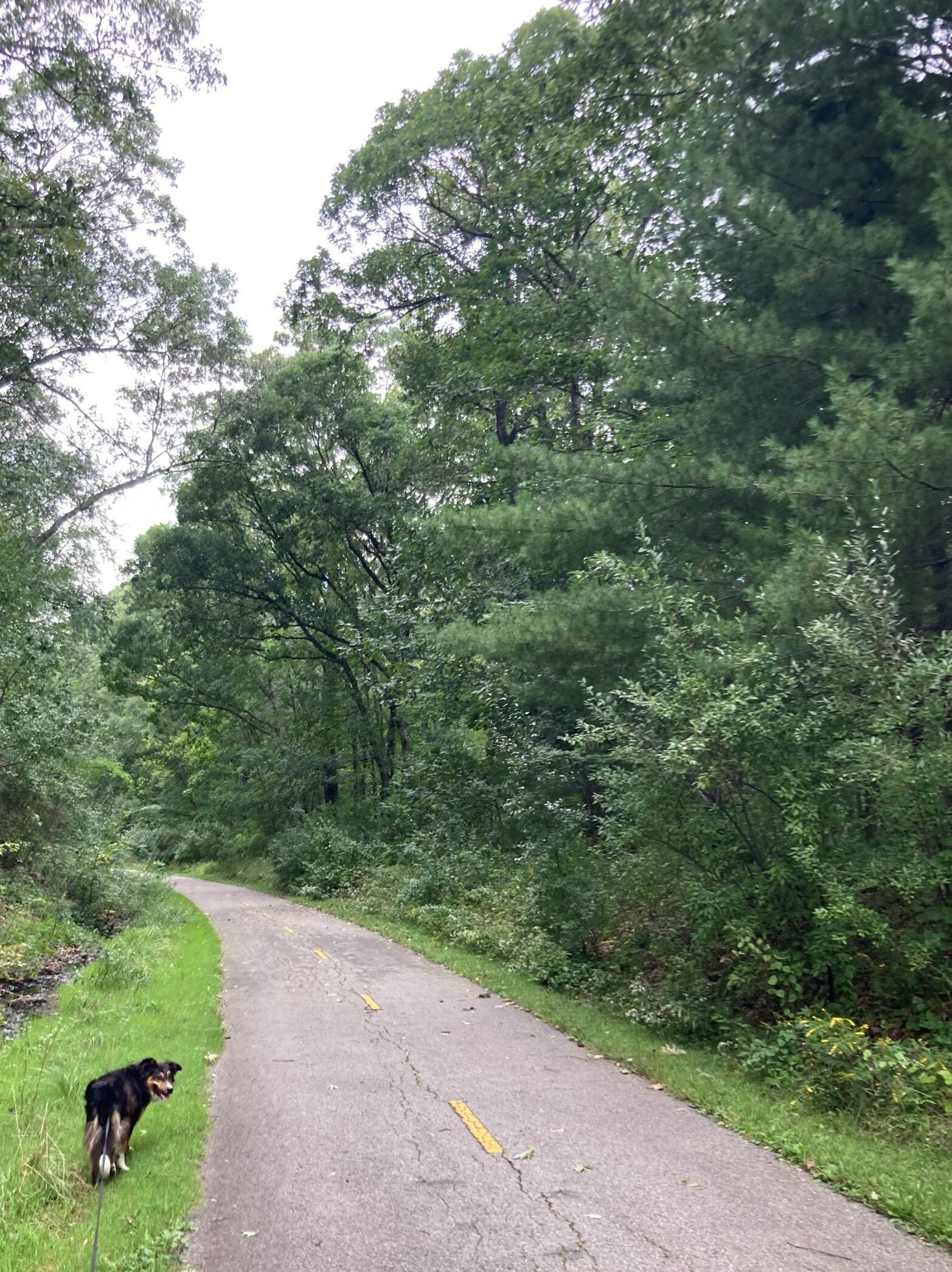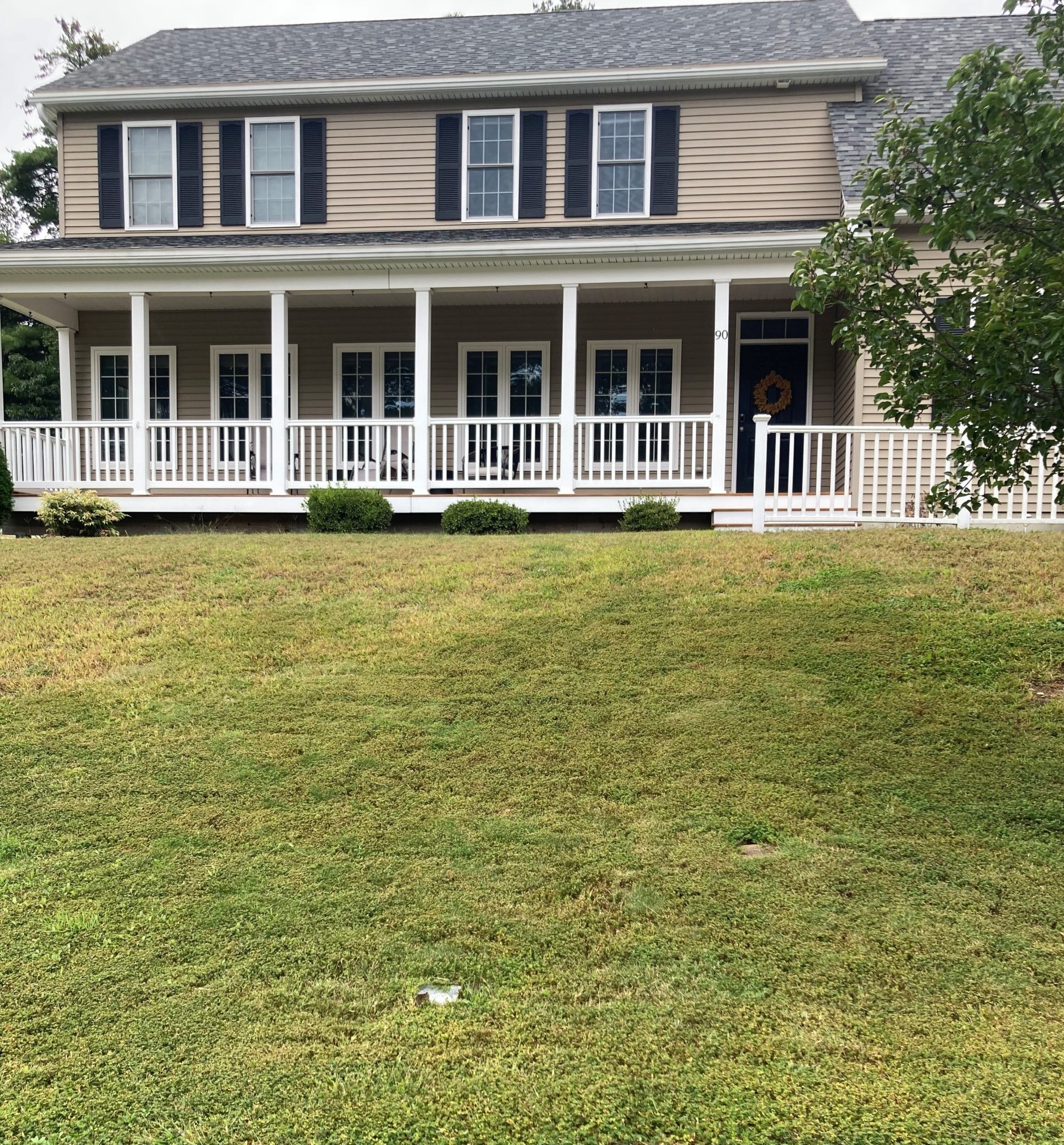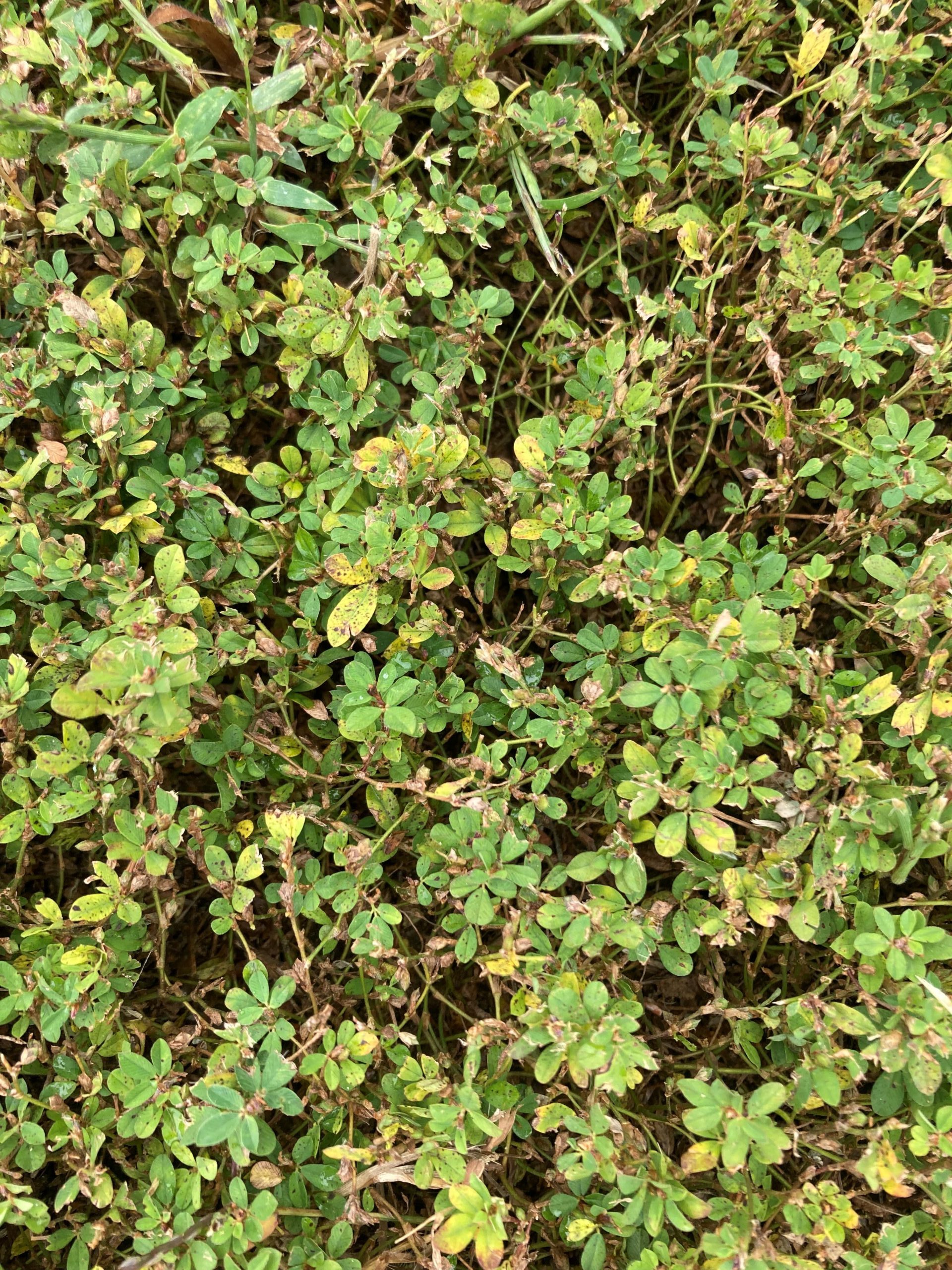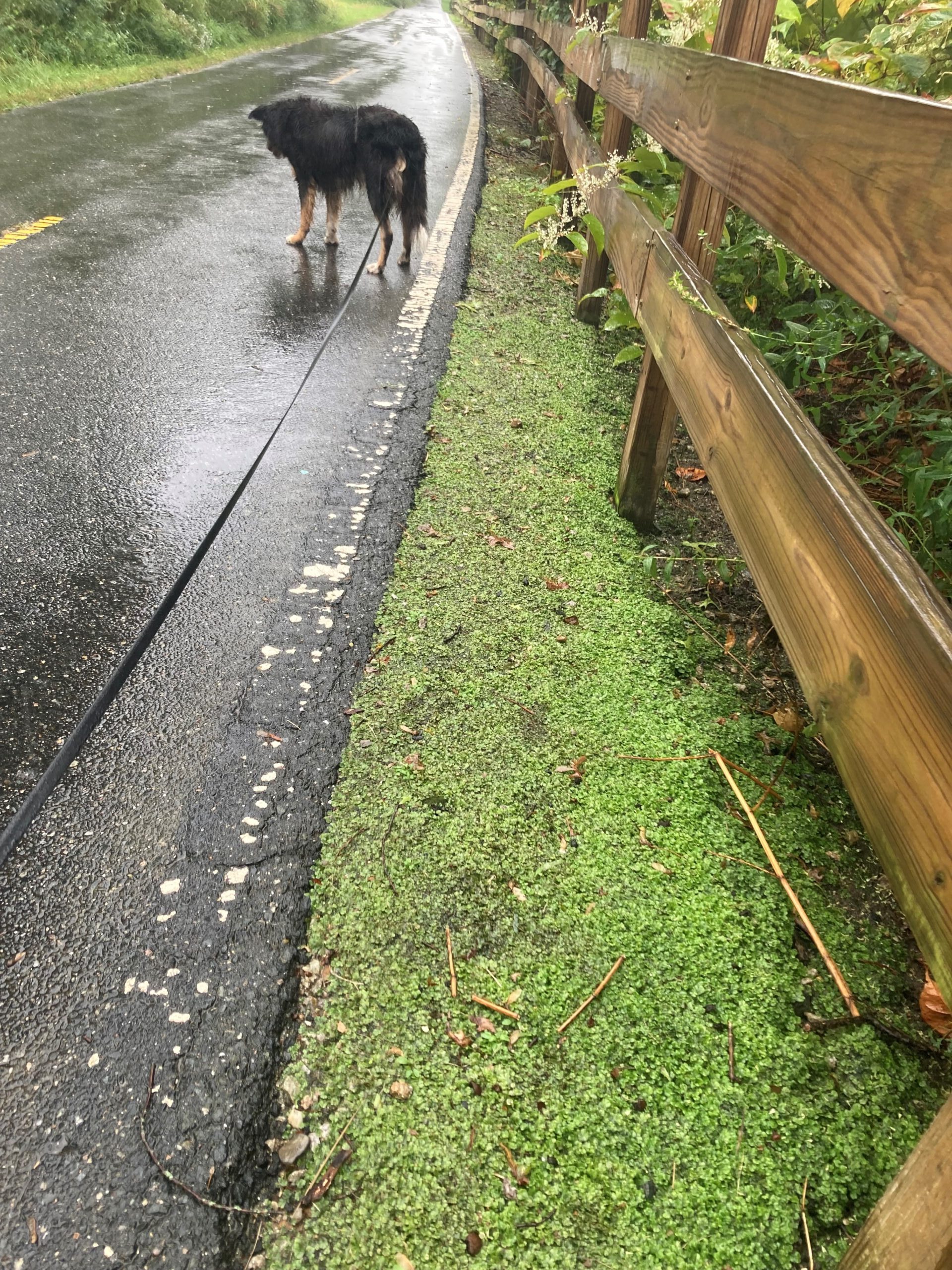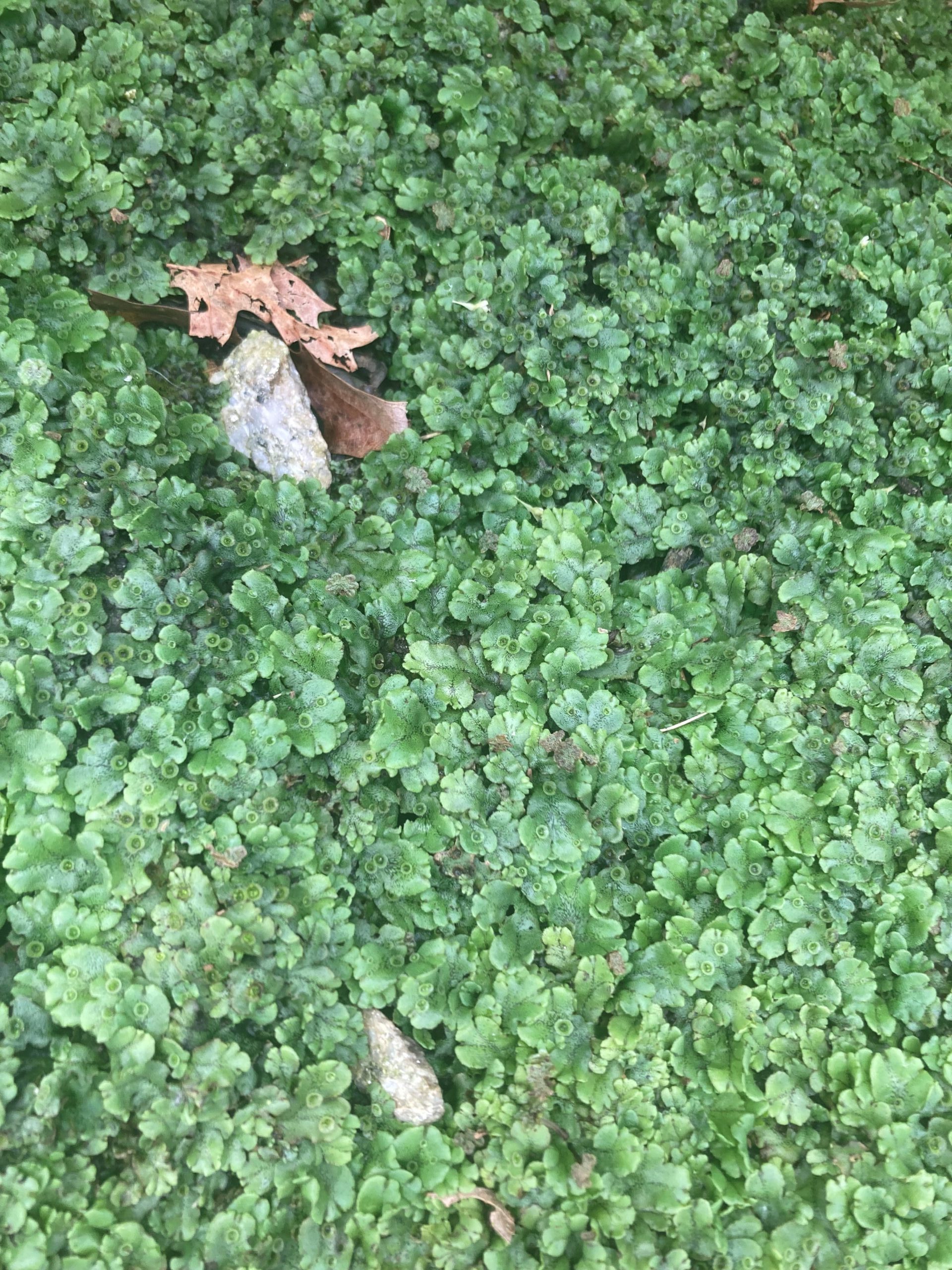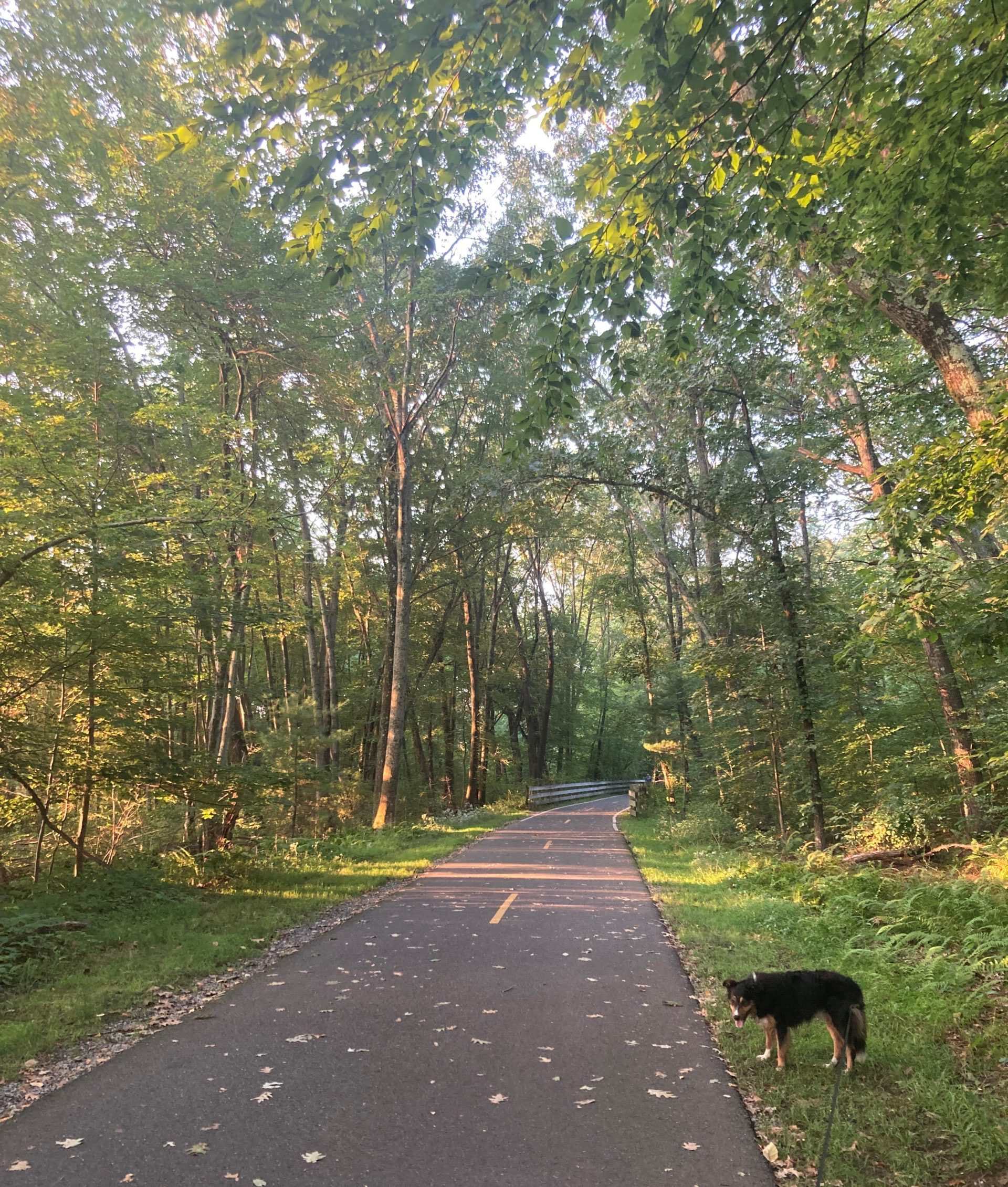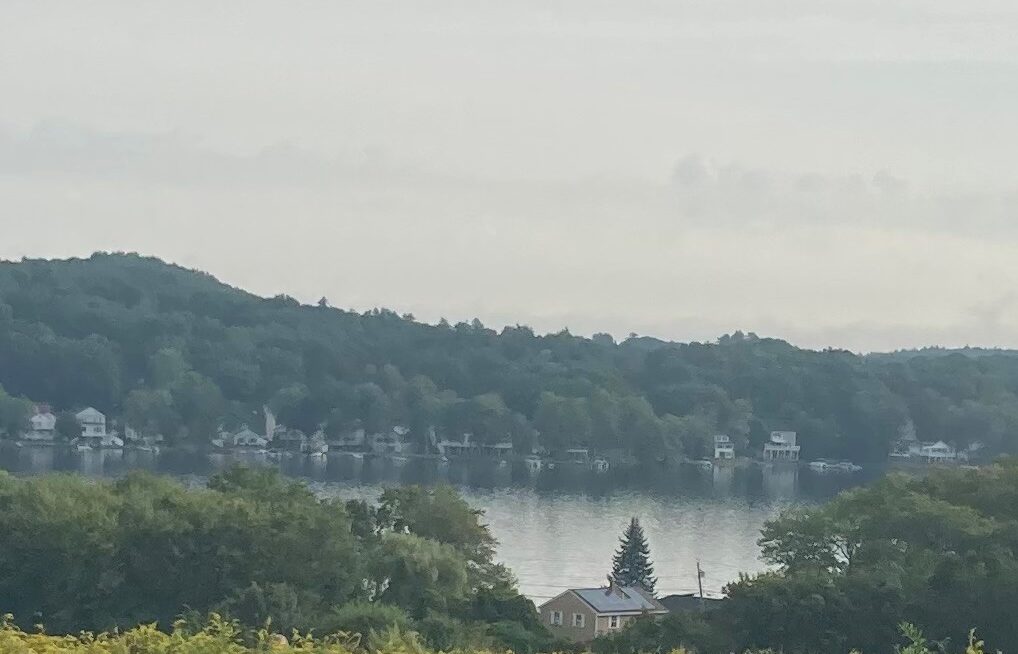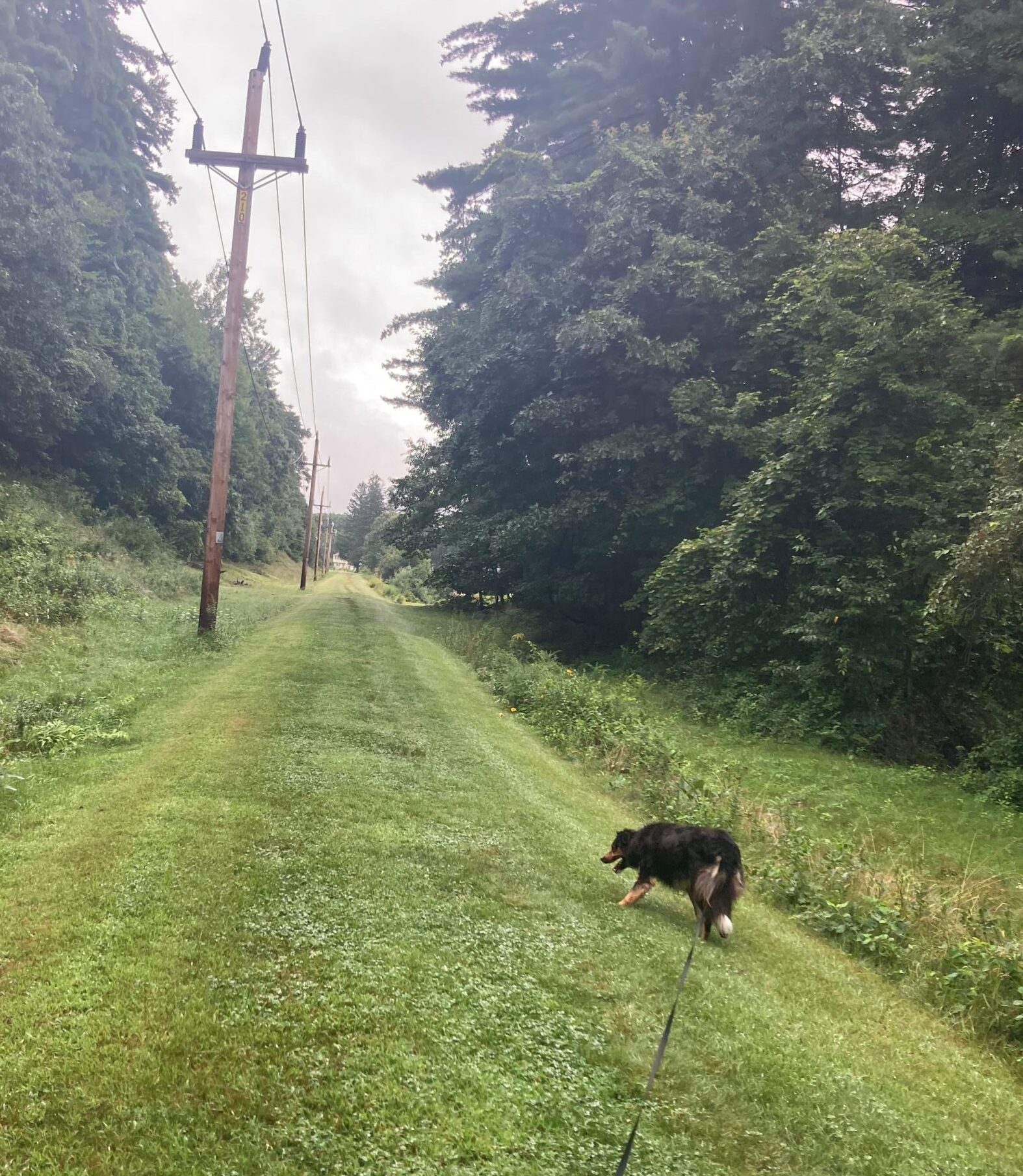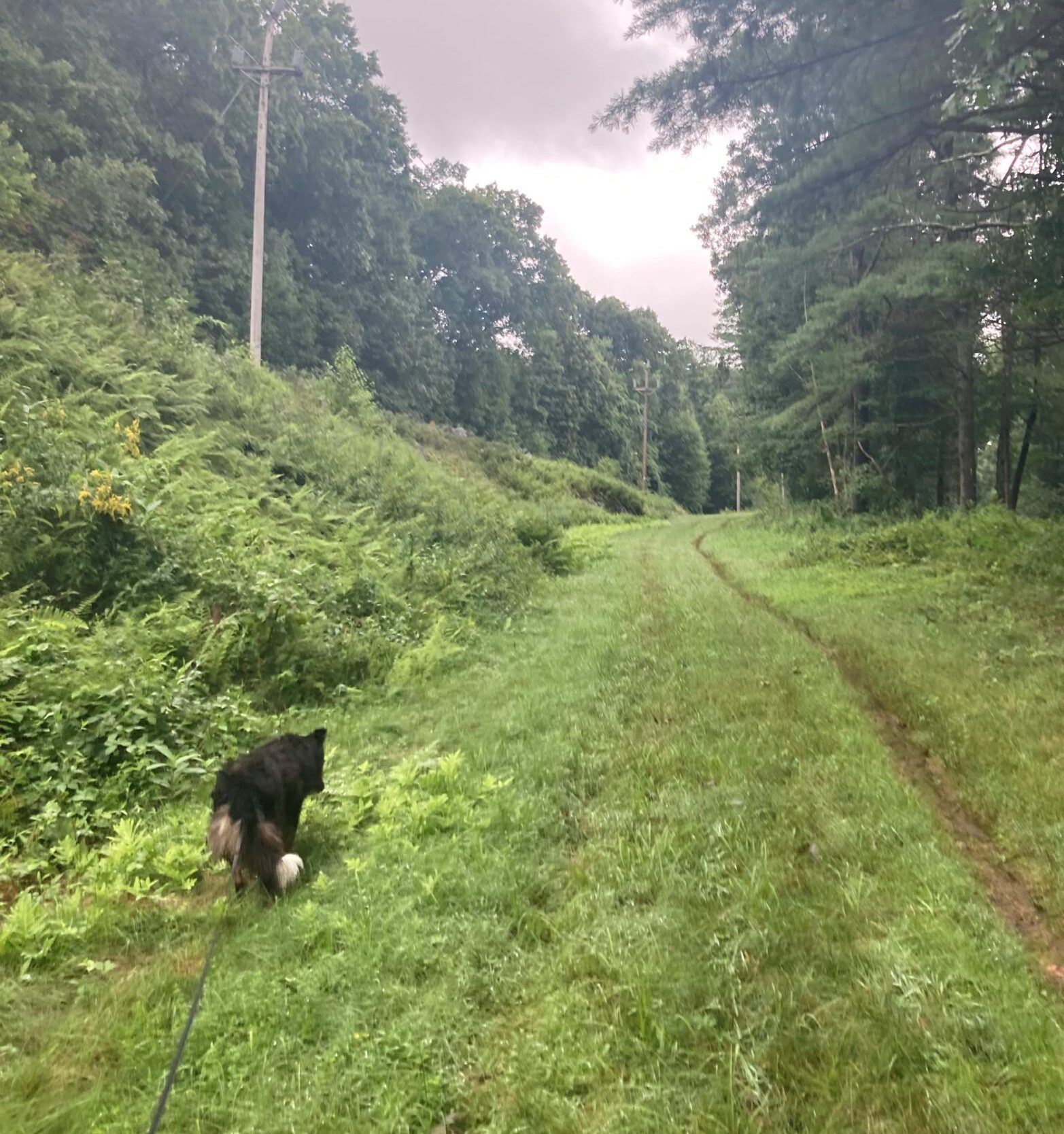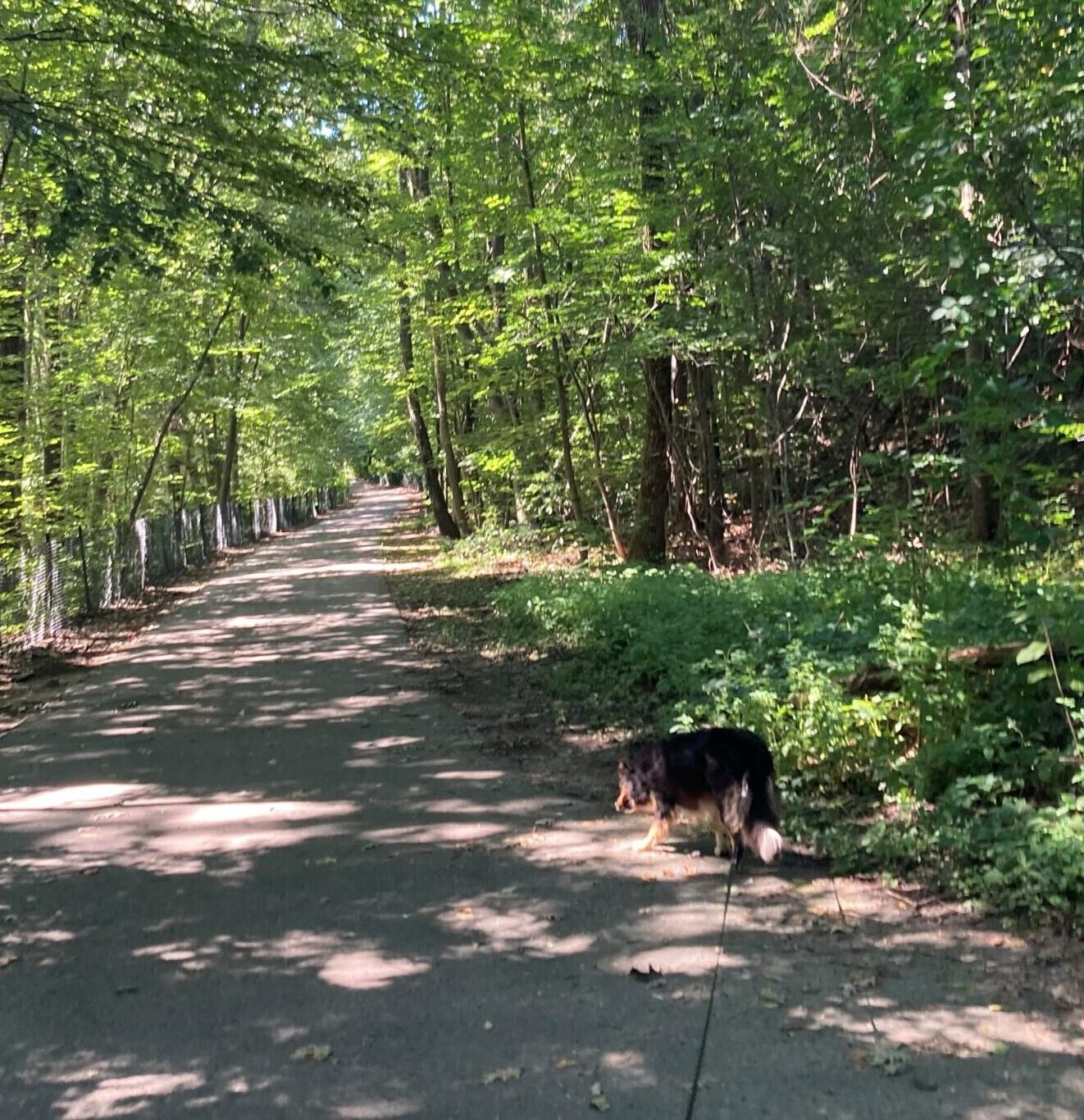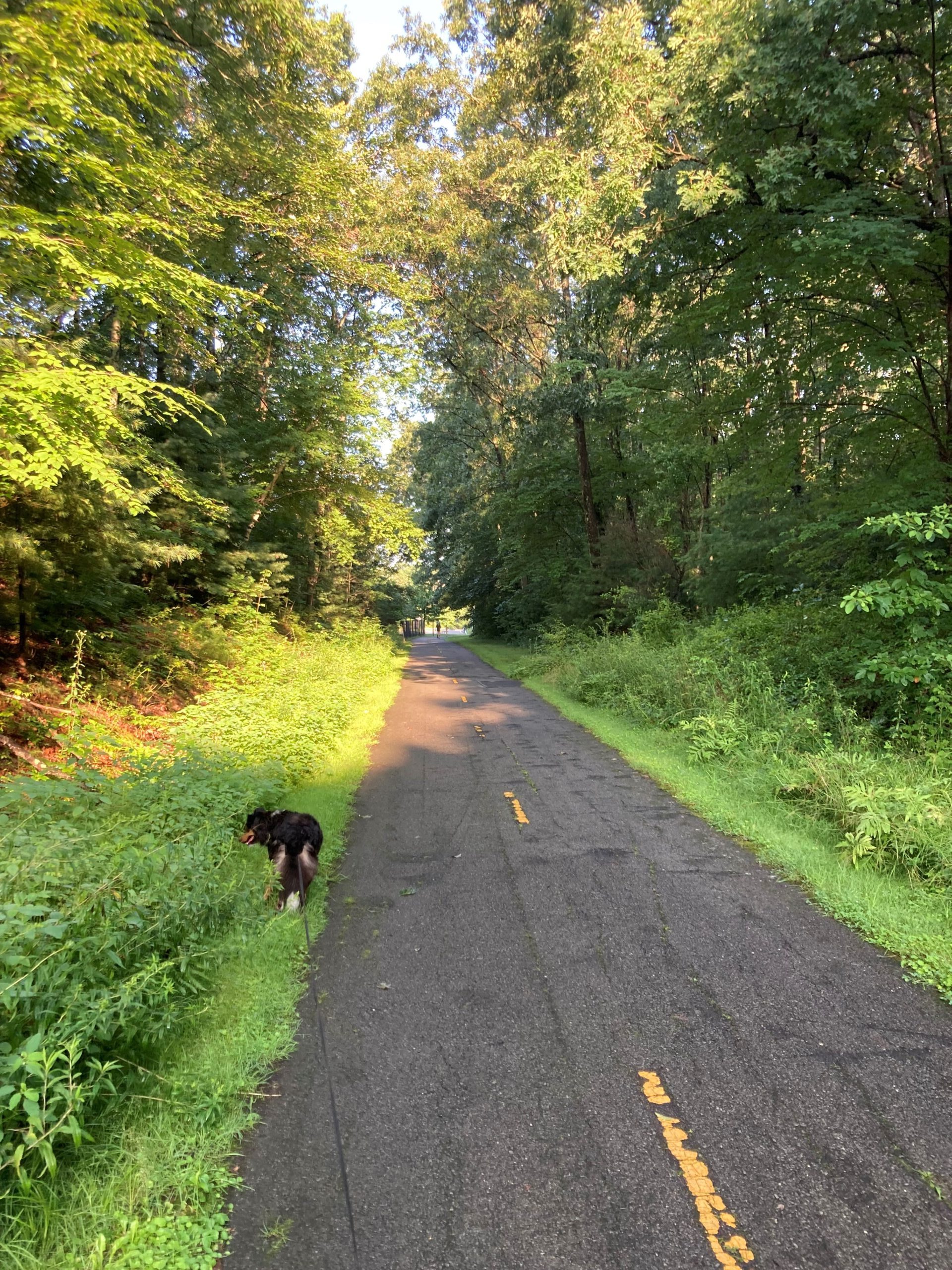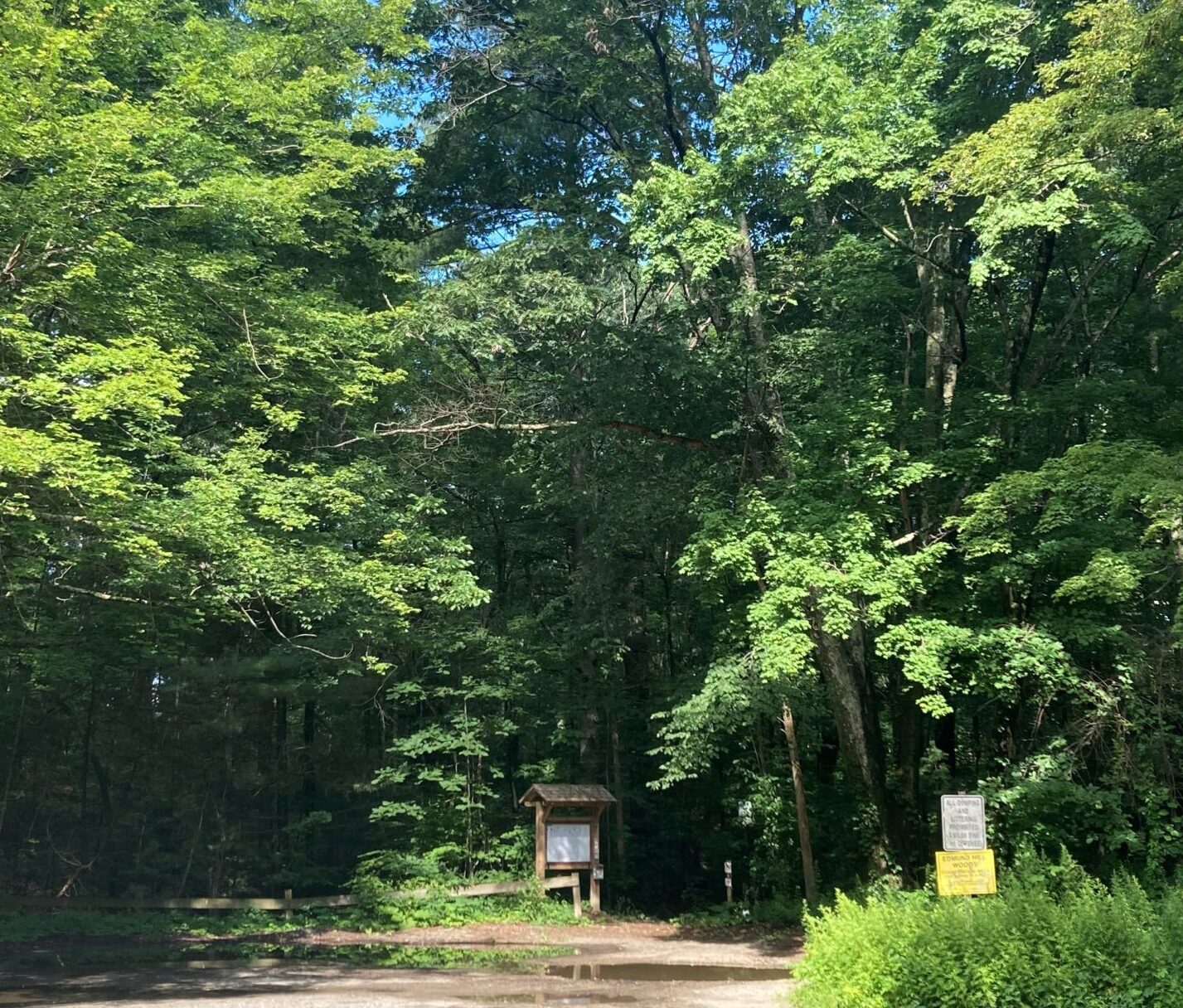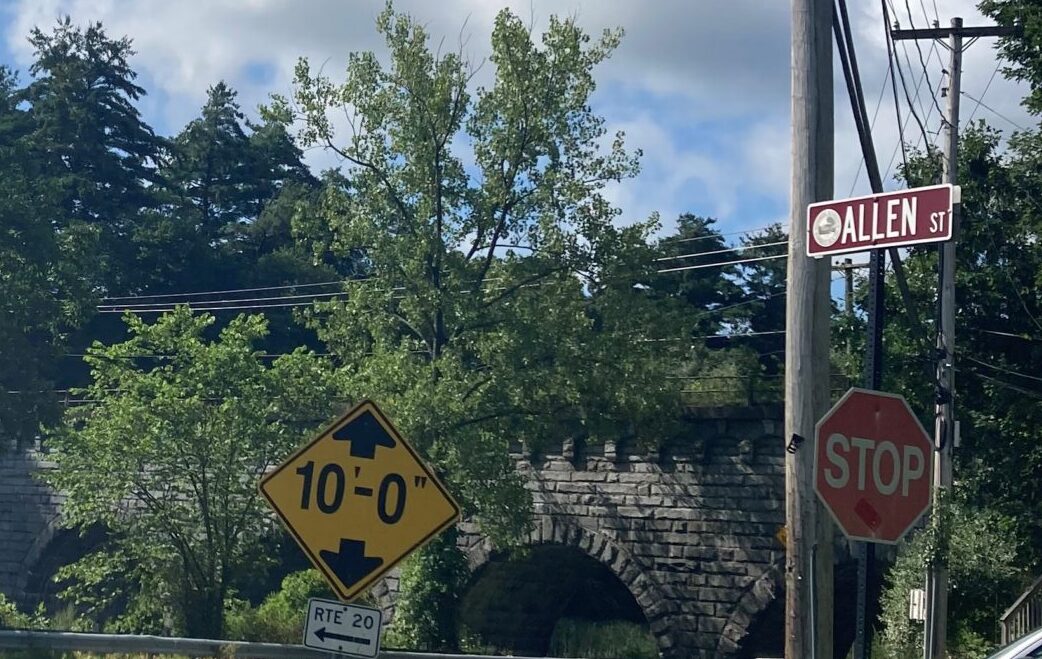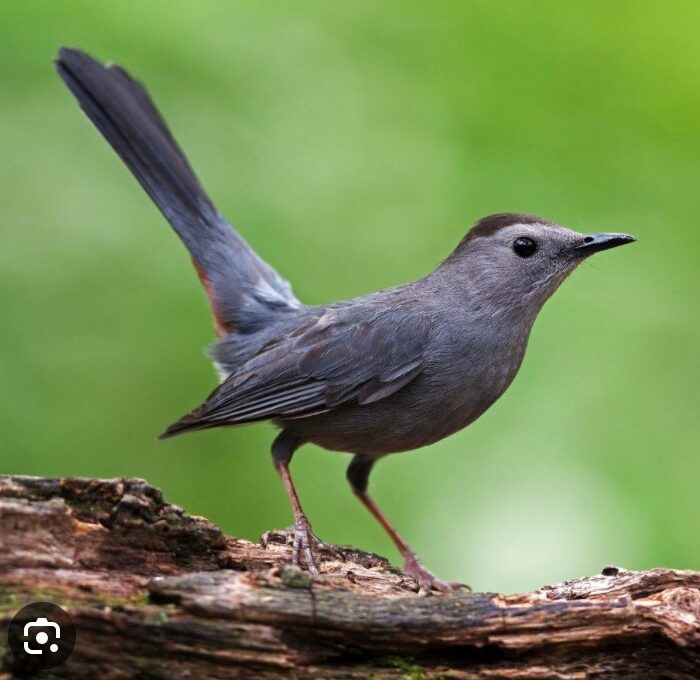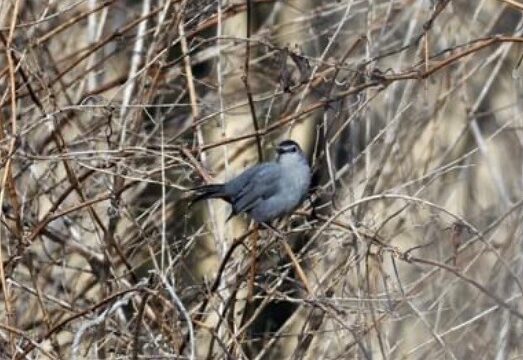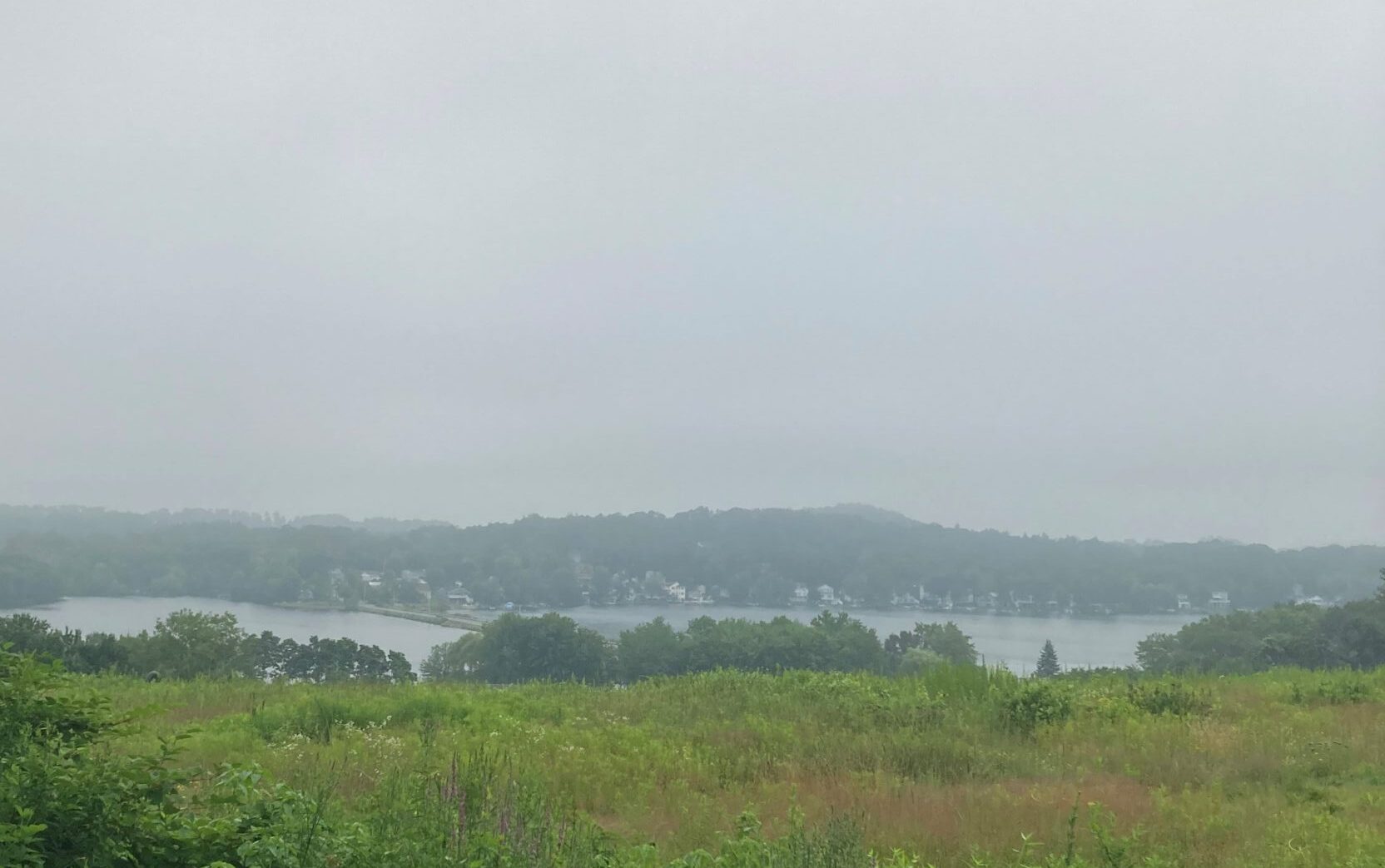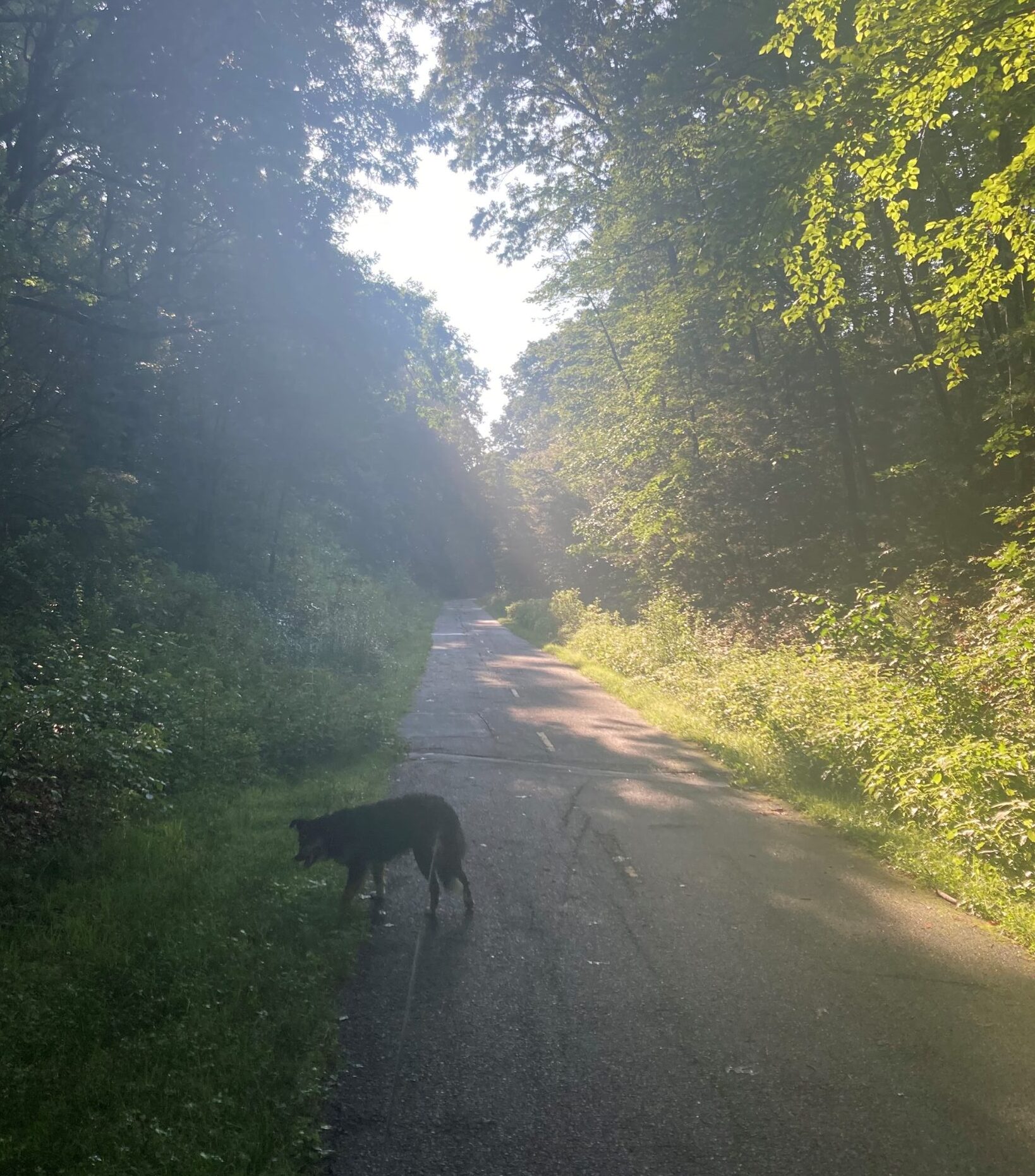Destroying rainforest for economic gain is like burning a Renaissance painting to cook a meal.
-E.O. Wilson
It’s still hot and muggy out. That’s not such a bad thing, Waldo can tolerate it and I’m forced to get up before dawn. As I’ve mentioned before, the thinking of doing a thing is often much worse than the actual doing of it and, at 4:30 AM, my body is just not ready to get out of bed. Once we’re out walking, I’m glad to be out watching the sun come up. But at that moment when I’m first goaded into regaining consciousness by an aggravatingly loud alarm, I’m so tempted to turn the thing off, roll over and go back to sleep. I’ve found that the easiest way to overcome the half-conscious negotiation for more sleep, doubts about the worth of any endeavor that requires action of any kind at that early hour and the consideration of just packing it in for a day, is to get myself upright as soon as my eyes open, before all that can start. Once up, life’s juices are pumping around and I can focus on what I need to do to get out the door.
This morning, even Waldo has to be coached to get out of his crate. Once up, he goes to the bedroom door, telling me, in his Waldo way, to open the damn thing. I do, as I’m getting dressed, and he goes out into the living room and lies down again. His eyes are open as he lays there, cranking his own engine over to get it started, and watches me as I do what I need to do before we leave. It doesn’t take long and Waldo’s fed and watered, my boots are tied snug and we’re out the door.
At the start of the trail, in the flat early-morning dawn twilight, off to the left behind a hurricane fence, is a 4.5-acre open area of dirt. On it, sit multiple large earth moving machines. Just a few weeks ago, there stood old five-story wooden buildings. I’m not sure what they were used for, one was some kind of factory, but they appeared to have been built over a hundred years ago – certainly during the time the train was still running there. Now, they’re gone and soon to be replaced by a five story, 276-unit apartment complex, with ground floor retail and commercial space and even a swimming pool.
I don’t miss the old buildings, they were abandoned and something of an eyesore, but the encroachment of development alongside the rail-trail worries me. If it were an effort to provide affordable homes and do something about the housing crisis in this country, I would feel differently, but what’s driving it is the greed of some company from Atlanta who just sees an opportunity to make a buck. I’m sure they’ll be charging monthly rents in excess of one-and-a-half times what a mortgage costs. That seems to be the standard these days.
Soon, all that’s behind us and we’re in the woods. Waldo’s off sniffing and peeing on the weeds and I’m keeping an eye out, trying to guide him away from the worst of the burr producing plants. Common burdock has these spiked balls of seeds about the size of a jawbreaker and when they get stuck in his coat, it’s a bear getting them out. If I’m not vigilant, I’ll look down and see wads of matted fur with four or five of them glued together in a bunch. Blissfully, they only seem to grown along one stretch of our path and we soon pass it. The trees tower above us, still fully green with foliage, their leaves doing princess waves in the light breeze. The birds are chirping, but although I call out, every once in a while, with an, “Emmy!” I get no reply. The catbirds just may be starting to head south and I might not hear them again until late next spring,
Just past the clearing that abuts the Fort Meadow Reservoir, is a thick patch of woods to the east. In it, there are a number of new-growth trees, but I can also see some trunks that have been there for over a hundred years. Red, black and white oaks, maples of various kinds, hickory and even some elms happily grow there. Unfortunately, some of the larger trees have sun-faded red ribbons tied around them.
I remember watching surveyors tying them on a couple of years ago and fearing the worst. My fears were well founded – some company from Texas wants to cut all those trees down and build a 300-unit housing complex with a club house and a restaurant. I’ve seen the plans and they include a wide driveway that cuts right across the trail. I don’t know if it’s been approved yet, but, you know, money talks… It would be such a shame to lose all that natural expanse. I’ve seen deer and foxes pop out of there, saunter down the trail a ways, then bolt back into the safety of the woods. I may not see them anymore. At least Waldo and I can enjoy it all now.
Even in the sweltering heat.


